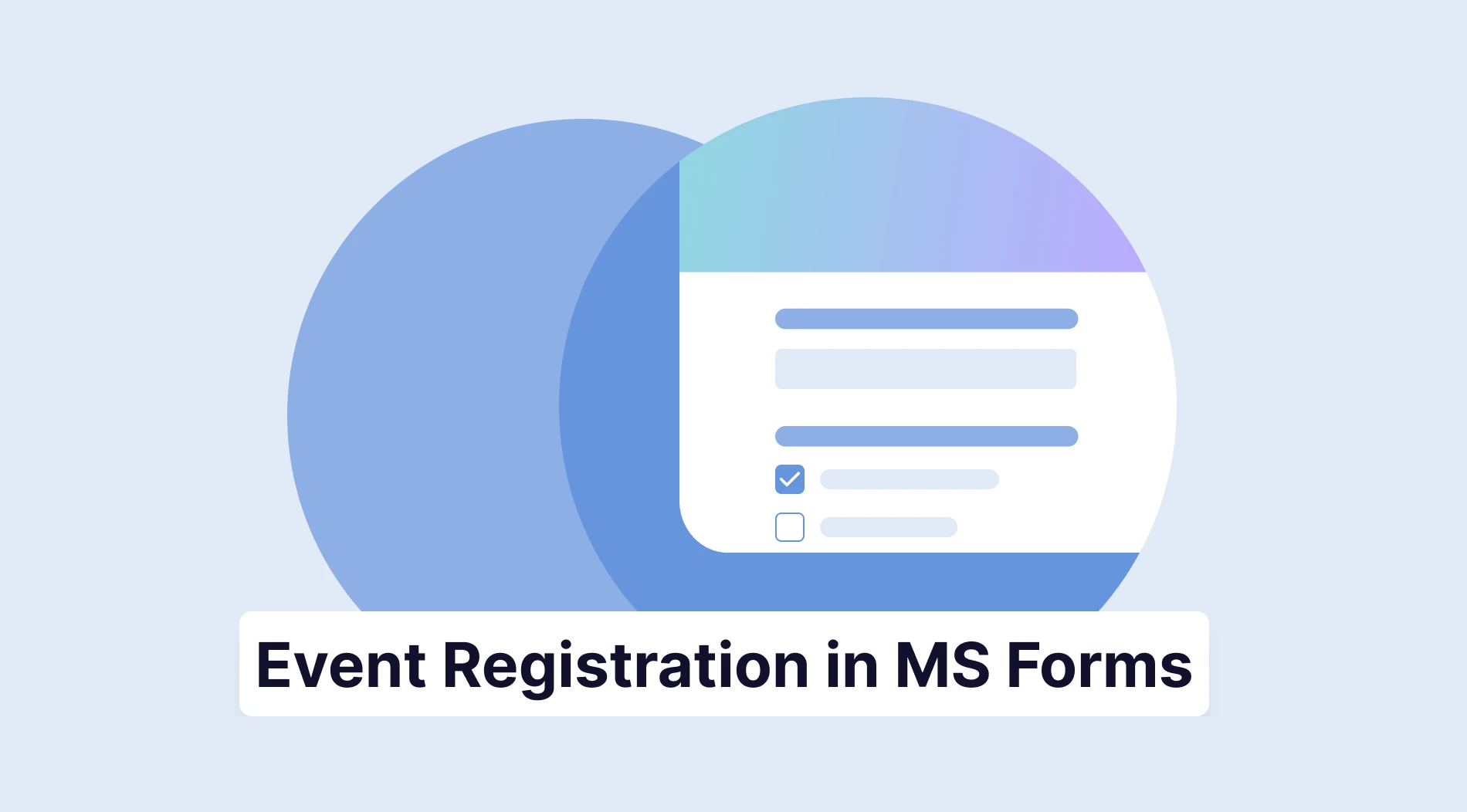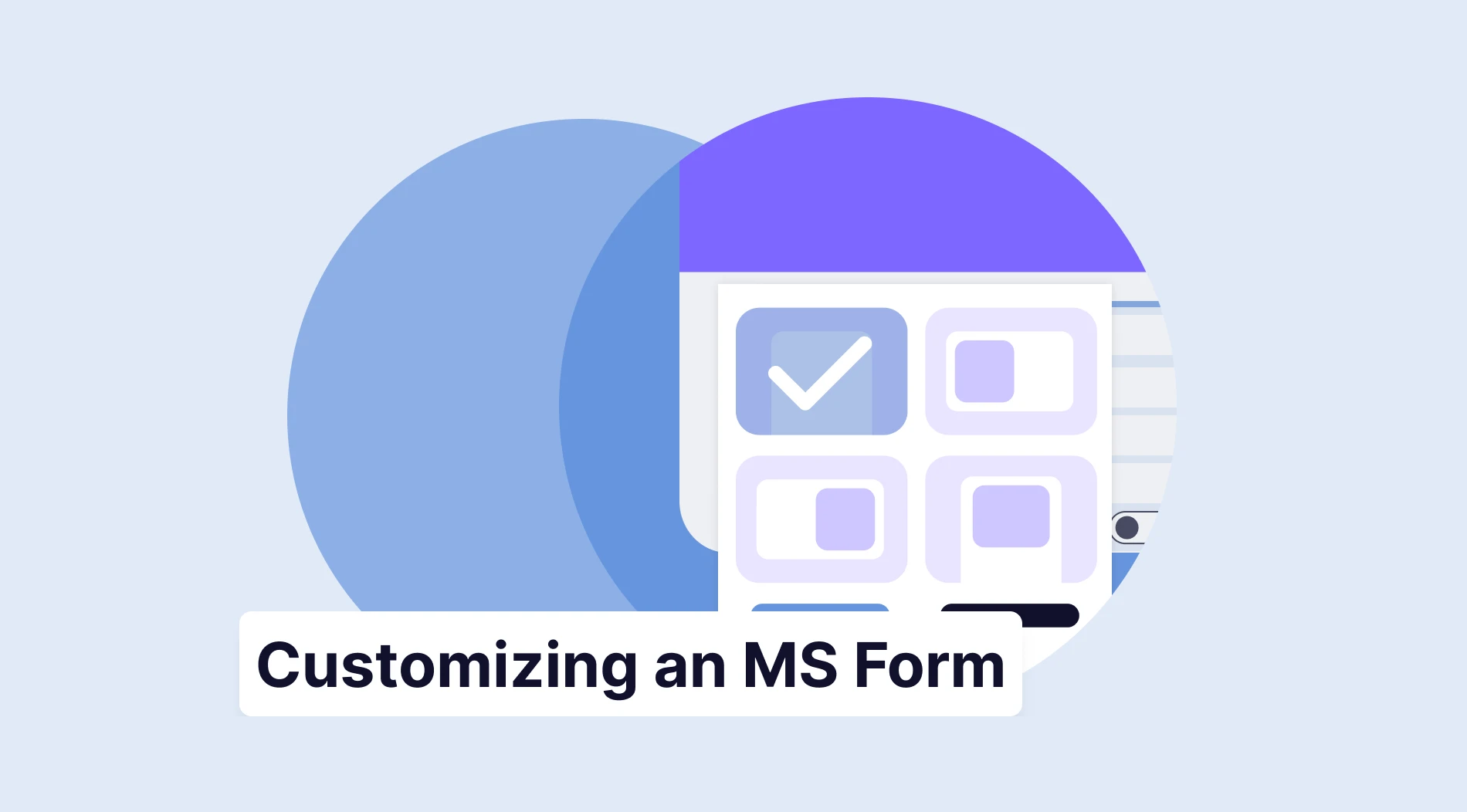Researchers conduct online surveys to understand the opinions of their target audiences about certain products or services. Of course, only some audiences fall into the target market category, so researchers must know who to include in survey research to enhance the caliber of survey insights.
A study’s total participant count should be lowered if the initial population is too big to study. These clusters act as a miniature representation of the entire population, and when combined, they should include traits common to the whole population. This article will explain cluster sampling in all detail.
What is cluster sampling?
Cluster sampling is a probability sampling method often used to study large populations scattered over a wide area. Consequently, for data collection and analysis, researchers choose random groups using a simple or systematic random sampling technique.
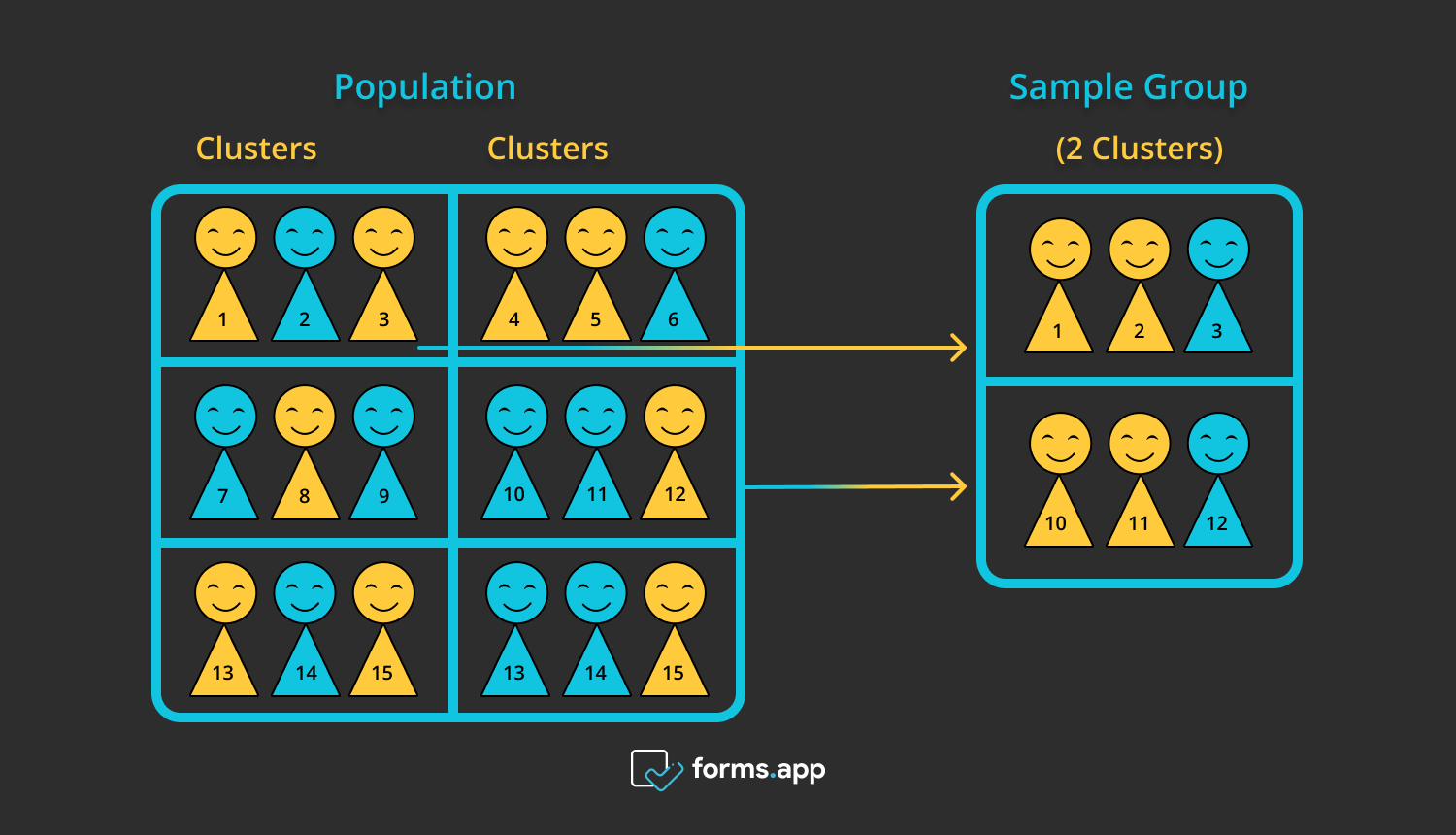
For this sampling technique, researchers separate the population into clusters of internally heterogeneous and externally homogeneous subpopulations. The clusters are internally heterogeneous because their subpopulations have different compositions, although they appear to be grouped by a common characteristic or a set of criteria.
Cluster sampling separates a population into several groups representative of homogeneous characteristics and has an equal chance of being included in the sample. The population is divided into various groups using the cluster sampling technique.
Types of cluster sampling
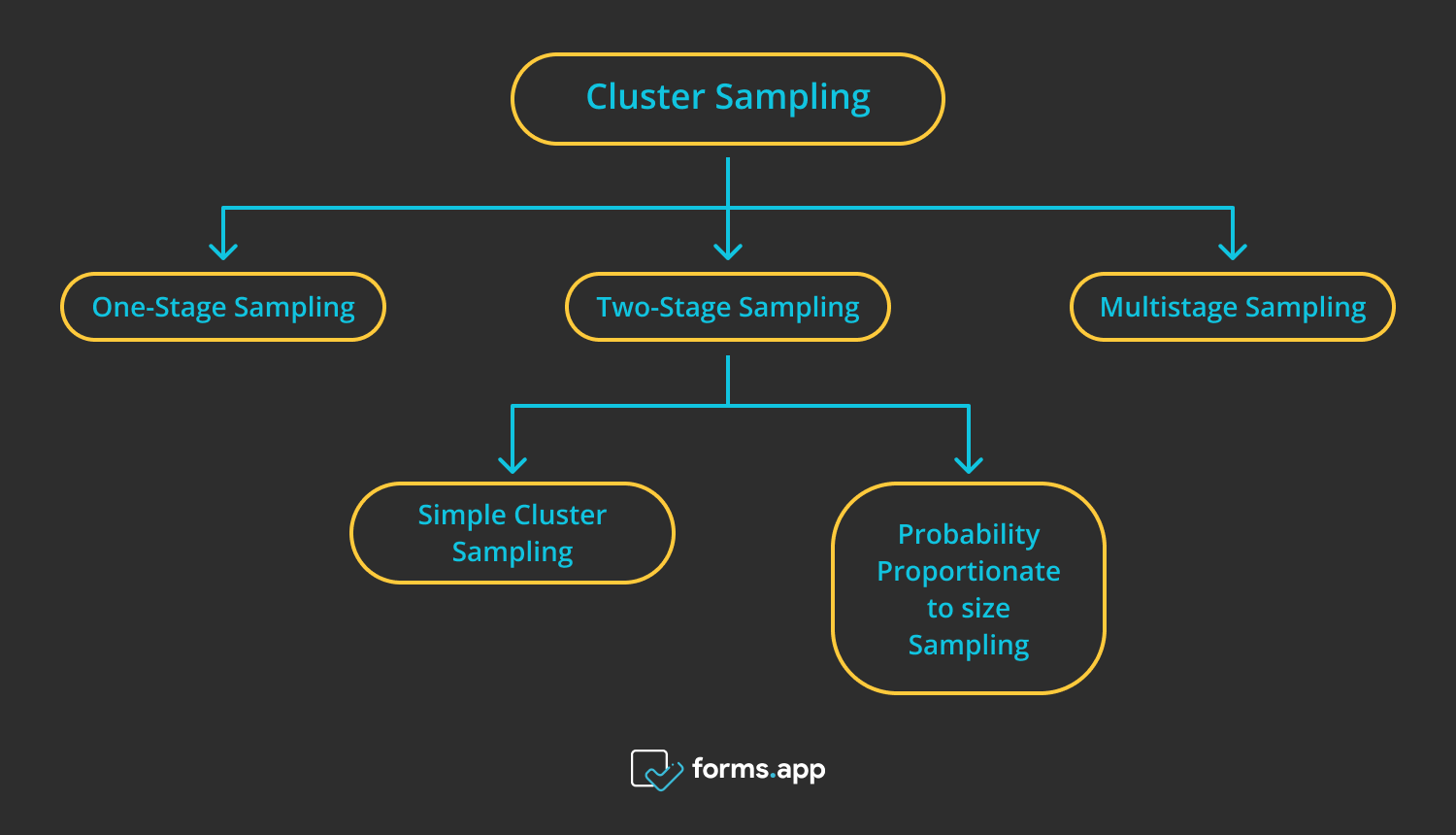
Researchers can study large populations more effectively by using cluster sampling. Instead of surveying each individual in your target audience, simply divide them into groups and gather representative data. Stages generally classify cluster sampling. Here are three main types of cluster sampling:
1 - One-stage sampling
One-stage sampling, or single-stage sampling, is a technique in which every component of the chosen clusters will be included in the sample group. In one-stage sampling, every participant in the selected clusters is allowed to participate in the scientific analysis.
2 - Two-stage sampling
The researcher chooses the research sample in two steps for a two-stage sampling. They start by performing single-stage sampling, in which subgroups are randomly selected. The sample is then reduced by picking a small number of research subjects from the chosen cluster.
3 - Multiple-stage sampling
The researcher can filter the target population using multi-stage sampling and choose a specific sample for in-depth analysis. The researcher further chooses the research sample using standardized criteria after the two-stage sample has been chosen.
How to conduct cluster sampling (step by step)
When market researchers cannot examine the entire target population, they typically use this sampling technique to explore the whole target population they usually use this sampling technique to learn more about specific clusters within the target population.
In market research, cluster sampling is a valuable method of data collection. However, the effectiveness of this approach depends on how well you can isolate and organize homogeneous subsets within your target audience. This article explains how to conduct cluster sampling.
1 - Identify your target audience: First, decide on the target population for your study and desired sample size.
2 - Create clusters from your sample: Next, create potential sampling frames for your study. Make sure each cluster's population is diverse, shares the same number of members as the population as a whole, and has a similar distribution of traits when creating the set.
3 - Choose your sample of clusters randomly: Afterward, choose a set using a random selection procedure. To maintain the validity of your results, selecting randomly from the groups is crucial. The number of clusters chosen depends on the size of the sample.
4 - Gather data from the sample: Choose the cluster for your systematic investigation using any of the earlier-mentioned techniques. You should establish sub-groups with each group if you choose the multi-stage approach.
Uses cases of cluster sampling
The sampling method is employed in geographic or area cluster sampling for market research. Comparatively to surveys sent to clusters split up by region, a large geographic area can be more expensive. Here are some use cases of cluster sampling example:
- Statistics cluster sampling: When researchers cannot get data from the entire population, cluster sampling is beneficial. Because of this, statisticians conducting research can use it as a helpful sampling technique.
- Market research cluster sampling: It can be costly and time-consuming to research a large area when creating market research surveys for geographic regions. It investigates geographical clusters split up by their respective areas.
Cluster sampling vs. stratified sampling: What’s the difference?
It is simple to mistake cluster sampling for stratified sampling because they are both somewhat similar. The population is split into smaller groups using both cluster sampling and stratified sampling. So, what is the difference between stratified vs. cluster sampling?
Cluster sampling is a type of probability sampling in which a sample is randomly chosen from naturally occurring clusters by the researcher. In contrast, stratified sampling involves creating homogeneous groups or strata within the target population and randomly selecting a sample from each segment.
The subpopulation in stratified random sampling is homogeneous within each stratum. In contrast, each cluster has a diverse sub-population. In cluster sampling, the researchers naturally divide the groups, but in stratified sampling, the strata are primarily divided by the researchers or statisticians. So, these are the distinguishing differences between cluster vs. stratified sampling.
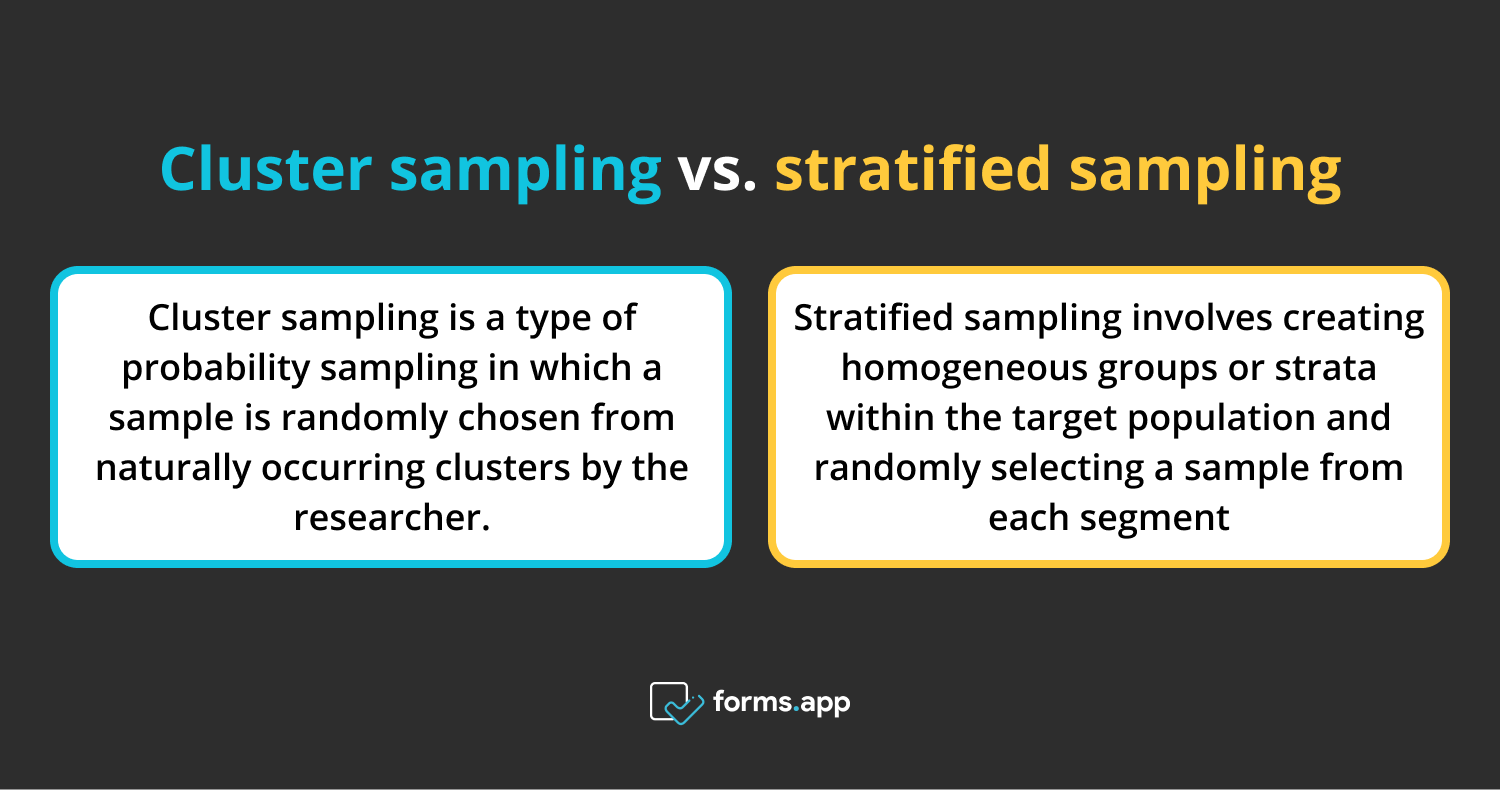
Advantages and disadvantages of cluster sampling
When working with a large audience and a constrained time frame, getting some of the information you require from every audience member is only possible. This sampling method saves researchers time and money while still gathering high-quality data from their target audience. Although cluster sampling has some disadvantages regarding statistical validity, it is frequently used because of its practical advantages.
Cluster sampling advantages:
- Saves money and time: Cluster sampling is quicker and less expensive when compared to other sampling methods. It is a time and cost-effective technique.
- Ease of application: Cluster sampling makes pieces of information from different fields and groups easier. Unlike other probabilistic sampling techniques, researchers can quickly use this in real-world settings.
- Excellent external validity: If the population is clustered correctly, cluster sampling, which uses randomization, will result in a sample that accurately represents the characteristics of the larger population, giving your study high external validity.
Cluster sampling disadvantages:
- Inconclusive results with unsuitable sets: If the cluster is not constructed correctly, the results of this sampling technique might be inconclusive. The outcomes are frequently less reliable than those from pure random sampling.
- Standard sampling error: It is more common to encounter high sampling errors. You can find out your margin of error calculator.
Conclusion
In conclusion, cluster sampling is a technique for drawing a representative sample from a population divided into groups by researchers. While the collection of clusters is similar to one another, the teacher cluster is a subgroup that reflects the diversity of the entire population.
The geographic and market research employs the cluster sampling technique. Given the size of the populations in both situations, the researchers cluster the people to gather the information they require. Researchers use this method to reduce costs when studying large, geographically dispersed populations.
forms.app, your free form builder
- Unlimited views
- Unlimited questions
- Unlimited notifications



